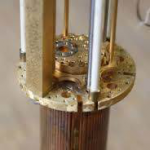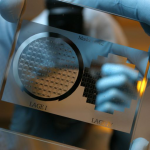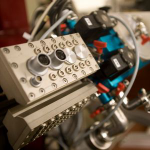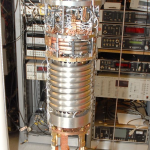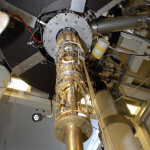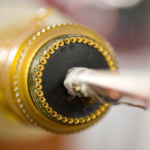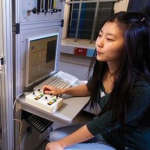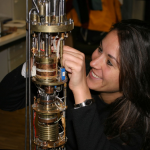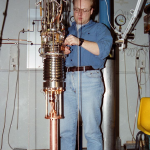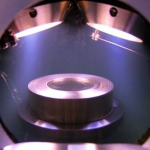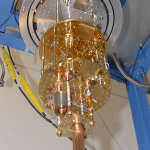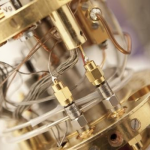

- Photon Transport in a Bose-Hubbard Chain of Superconducting Artificial Atoms
G. P. Fedorov et al., Phys. Rev. Lett. 126, 180503 (2021) - Path-Dependent Supercooling of the
He3 Superfluid A-B Transition
Dmytro Lotnyk et al., Phys. Rev. Lett. 126, 215301 (2021) - Superconductivity in an extreme strange metal
D. H. Nguyen et al., Nat Commun 12, 4341 (2021) - High-Q Silicon Nitride Drum Resonators Strongly Coupled to Gates
Xin Zhou et al., Nano Lett. 21, 5738-5744 (2021) - Measurement of the 229Th isomer energy with a magnetic micro-calorimeter
T. Sikorsky et al., Phys. Rev. Lett. 125 (2020) 142503
Machine learning enables completely automatic tuning of a quantum device faster than human experts
H. Moon, D.T. Lennon, J. Kirkpatrick, N.M. van Esbroeck, L.C. Camenzind, Liuqi Yu, F. Vigneau, D.M. Zumbühl, G.A.D. Briggs, M.A Osborne, D. Sejdinovic, E.A. Laird, N. AresDevice variability is a bottleneck for the scalability of semiconductor quantum devices. Increasing device control comes at the cost of a large parameter space that has to be explored in order to find the optimal operating conditions. We demonstrate a statistical tuning algorithm that navigates this entire parameter space, using just a few modelling assumptions, in the search for specific electron transport features. We focused on gate-defined quantum dot devices, demonstrating fully automated tuning of two different devices to double quantum dot regimes in an up to eight-dimensional gate voltage space. We considered a parameter space defined by the maximum range of each gate voltage in these devices, demonstrating expected tuning in under 70 minutes. This performance exceeded a human benchmark, although we recognise that there is room for improvement in the performance of both humans and machines. Our approach is approximately 180 times faster than a pure random search of the parameter space, and it is readily applicable to different material systems and device architectures. With an efficient navigation of the gate voltage space we are able to give a quantitative measurement of device variability, from one device to another and after a thermal cycle of a device. This is a key demonstration of the use of machine learning techniques to explore and optimise the parameter space of quantum devices and overcome the challenge of device variability.
Nat Commun 11, 4161 (2020)
doi: 10.1038/s41467-020-17835-9
arxiv: https://arxiv.org/abs/2001.02589
